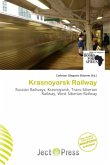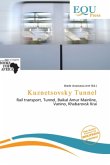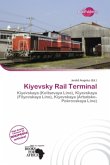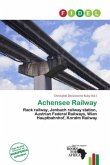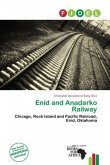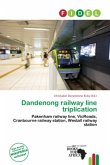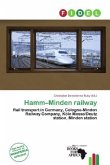Please note that the content of this book primarily consists of articles available from Wikipedia or other free sources online. The 1,520 mm broad gauge Amur Railway is the last section of the Trans-Siberian Railway in Russia, built in 1906-1916. The construction of this railway favored the development of gold mining industry, logging, fishery, and fur trade in Siberia and Russian Far East. It is over 2115 km in length, stretching across the Transbaikal Region and Amur Oblast. The railway's main sections are: Kuenga-Uryum; Uryum-Kerak; Kerak-Deya with an offshoot to Blagoveshchensk; Deya-Khabarovsk. Ye.Yu.Podrutsky, Alexander Liverovsky, and V.V.Tregubov were the chief engineers, who oversaw the construction of the Amur Railway by approx. 54,000 workers, brought from Central Russia and Siberia.


